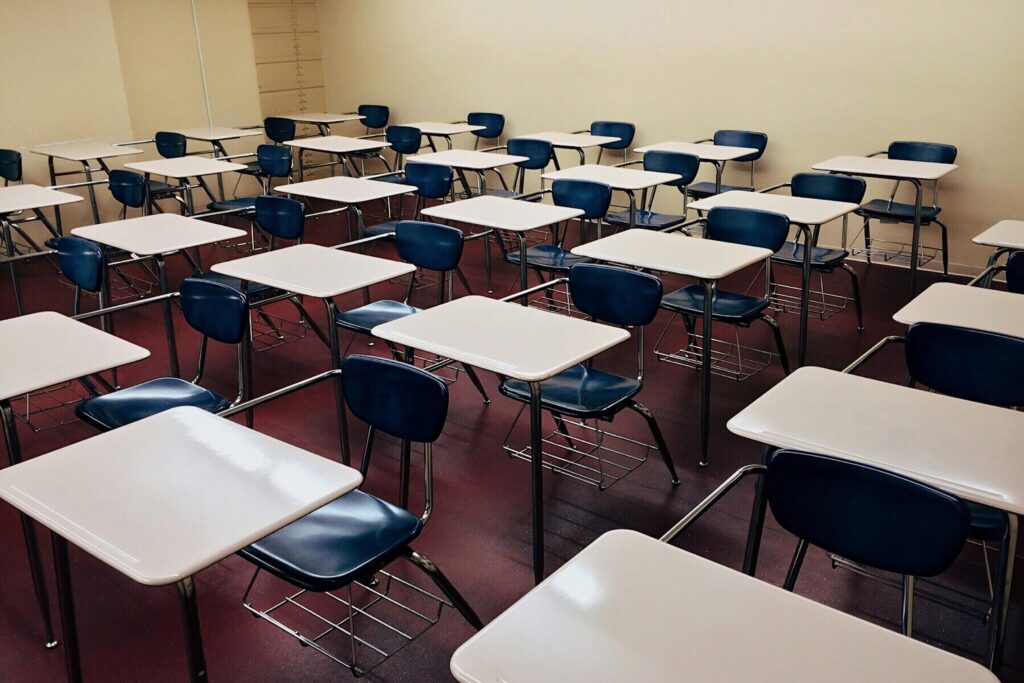What you need to know about bullying

CUTHBERT SANDY
BULLYING IN schools is becoming more and more prevalent and pervasive. I even suspect it is running parallel to the runaway crime in the country. It scares me that the bullies and victims of this type of behaviour will sooner or later become adults and the fear is that it will be transferred to adulthood.
My affinity to schooling and the school system has led me to do some research into bullying. I will set out to define bullying and identify the various types of bullying. And seek to answer some questions parents may have: How does bullying happen in schools? How does bullying affect students? What to do if a child is bullied at school?
Bullying is defined as the repetitive, intentional hurting of one person or group by another person or group, where the relationship involves an imbalance of power. Bullying can be physical, verbal or psychological. It can happen face-to-face or online.
Bullying is classed as unwanted behaviour from a person or group that is either offensive, intimidating, malicious or insulting. Bullying behaviour includes: teasing, name-calling and taunting; spreading rumours about someone or intentionally embarrassing someone in a public setting; hitting, kicking, tripping, punching or spitting; taking or damaging someone else’s belonging.
There are various types of bullying. They are as follows:
Physical bullying
Pushing, shoving, pinching, hitting, spitting, damaging property, vandalising locker or school supplies.
Verbal bullying
When someone uses words to hurt, harass, or scare another person. Verbal bullying leaves targets feeling ashamed, humiliated, or even afraid.
Social bullying
Done with the intent to hurt somebody’s reputation, relationships or social standing. It could include spreading a story to damage someone’s reputation, or having others ignore or threaten a friend. This type of bullying is most common among girls but can certainly happen with guys as well.
Electronic or cyberbullying
The use of technology to harass, threaten, embarrass or target another person. Online threats and mean, aggressive or rude texts, tweets, posts or messages all count. So does posting personal information, pictures, or videos designed to hurt or embarrass someone else.
Racial bullying
A type of racism where someone’s bullying focuses on your race, ethnicity or culture. Racism and racist bullying can include being sent insulting messages or threats.
Faith and religious bullying
When people are mean or hurt you on purpose because of your faith or religion. This could be by classmates, friends or relatives.
Sexual bullying
Might include sexual comments, taunts and threats, inappropriate physical contact that makes the recipient feel uncomfortable or scared. This can include hugging and kissing, distributing sexual material (including pornography), sending photos or videos of a sexual nature.
Disablist bullying
Refers to bullying behaviour that targets individuals with disabilities or perceived disabilities. This type of bullying can take many forms including physical, verbal, exclusion, cyberbullying, discrimination, prejudice, and emotional abuse.
School bullying
Unwanted, aggressive behaviour among school-aged children that involves a real or perceived power imbalance. The behaviour is repeated or has the potential to be repeated over time. Both children who are bullied and who bully others may have serious, lasting problems.
How does bullying happen in school?
It can be caused by differences in race, sexuality, religion, disabilities and abilities, weight, height, or anything that creates a difference between one child and another. At other times they are simply in the wrong place at the wrong time. Students who bully sometimes have problems and are unhappy.
How does bullying affect students?
Bullying can make students more likely to develop anxiety. Anxiety may develop because students fear bullying at every turn. Anxiety makes it harder for people to form relationships with friends, peers and teachers. Bullying can make it harder for children to succeed in the classroom. Those who are bullied are at an increased risk for mental health problems, headaches and problems adjusting to school. Bullying also can cause long-term damage to self-esteem.
What to do if a child is bullied at school?
Ask for a principal to intervene if you feel it’s needed. If the bullying is happening outside of class or at recess, go directly to the principal. Ask whether school staff have seen the bullying and how they have responded. Share your child’s bullying story and any supporting documents.

Comments
"What you need to know about bullying"